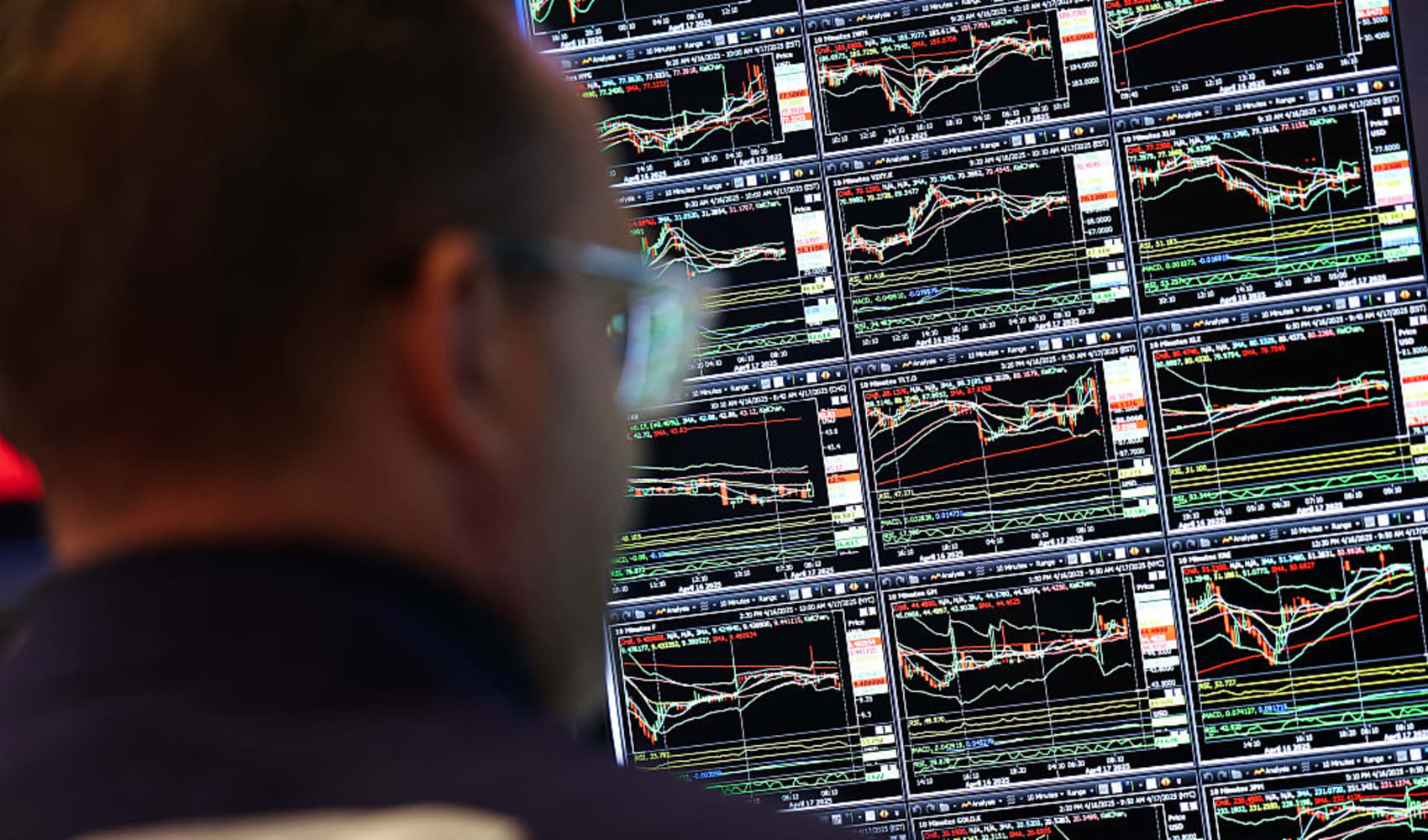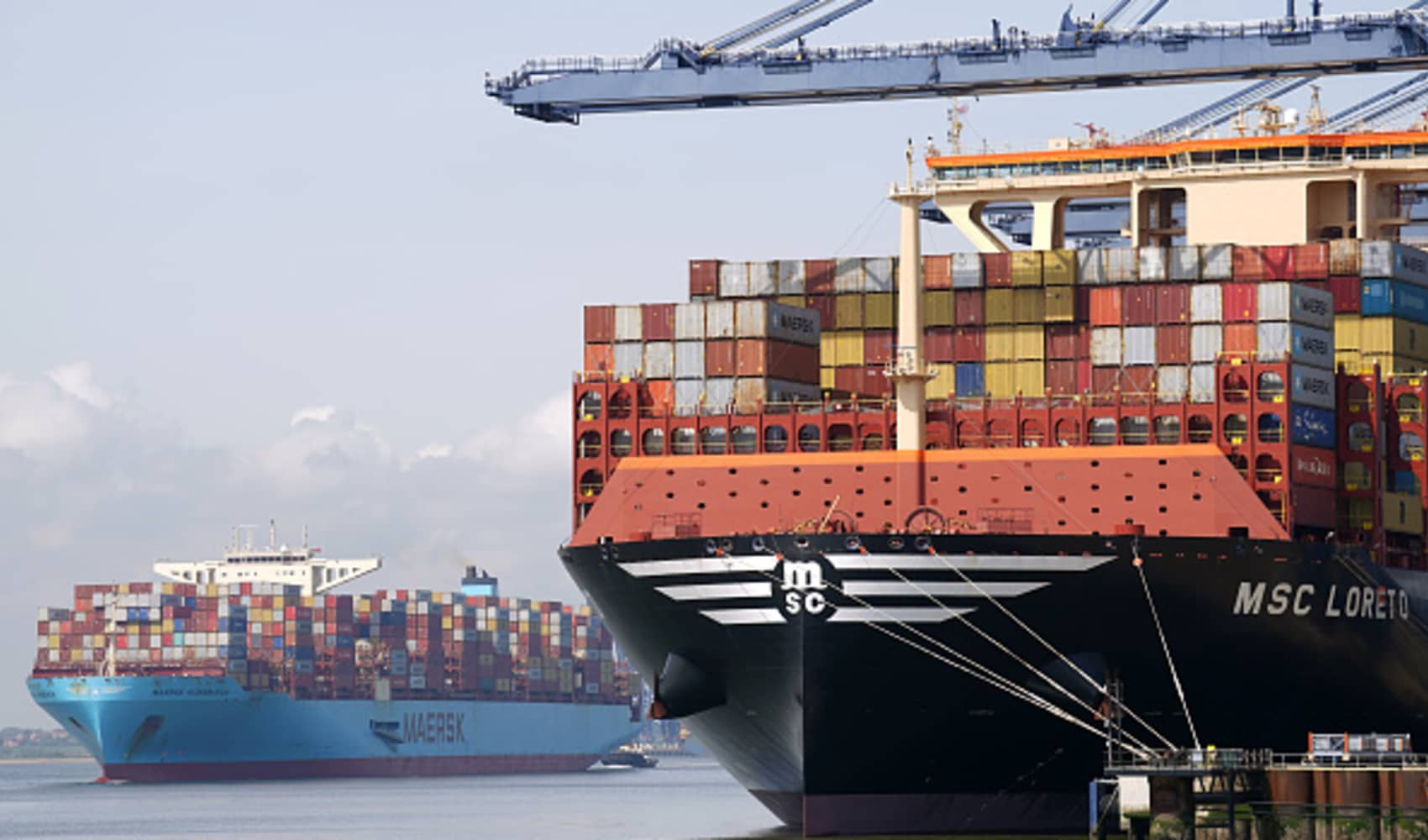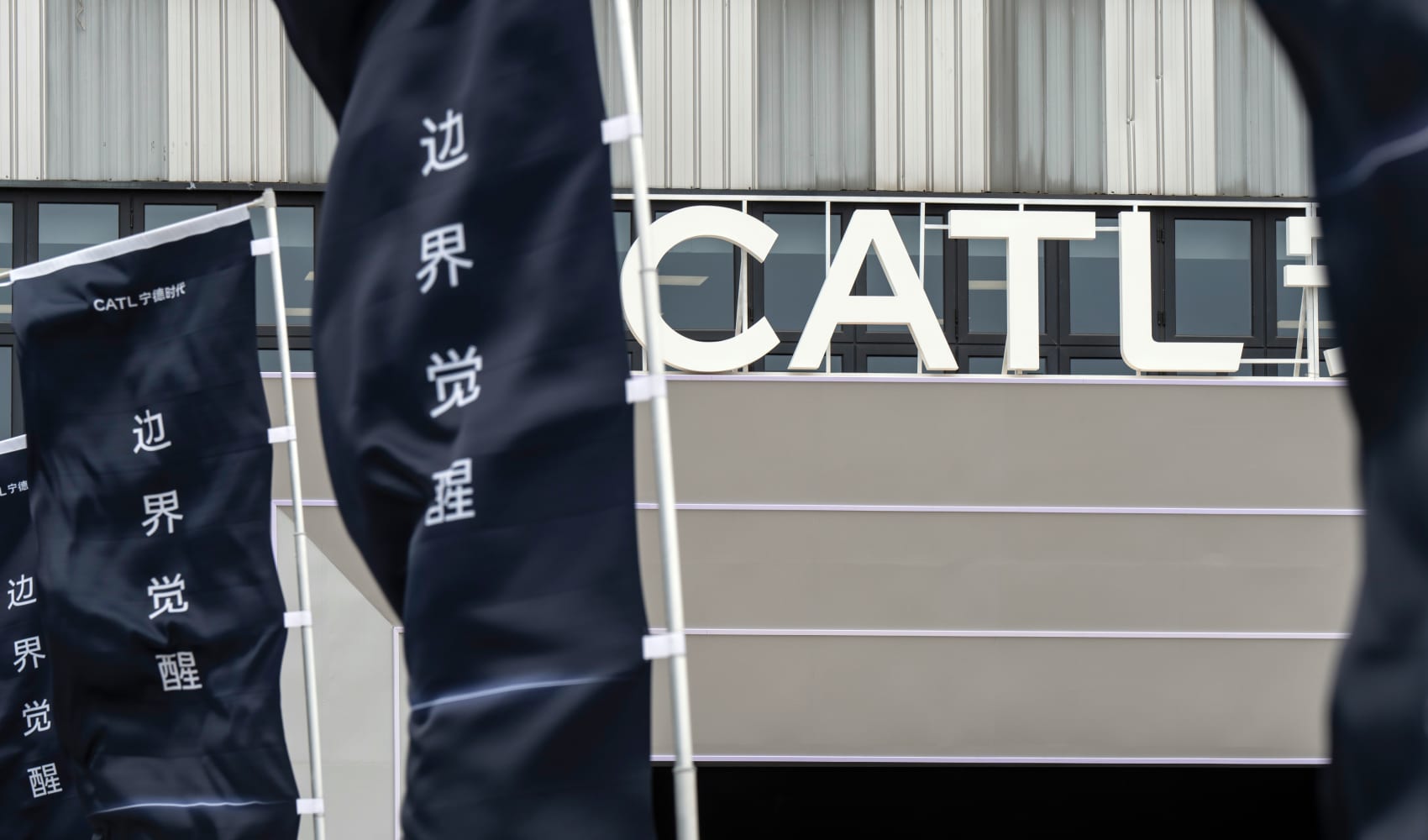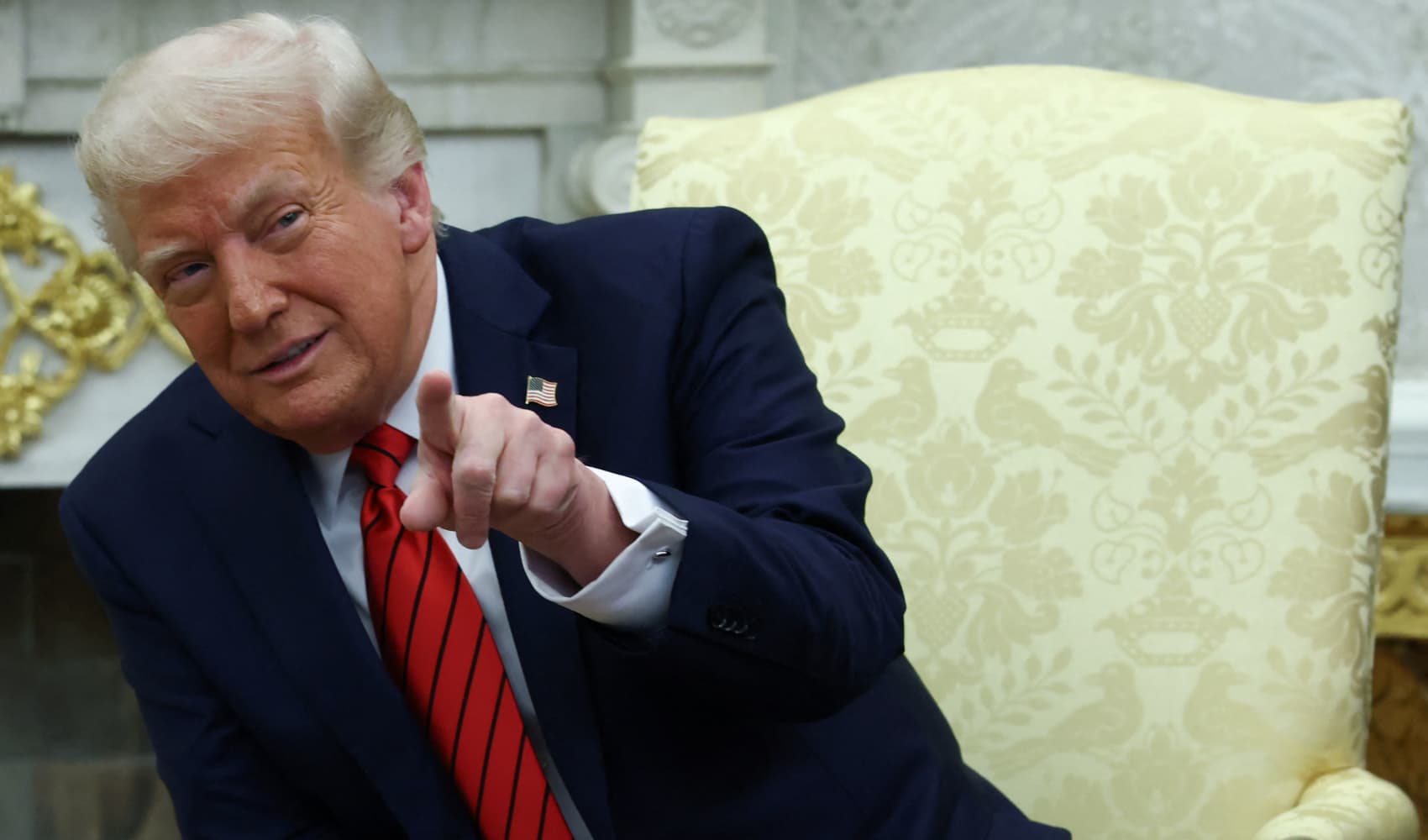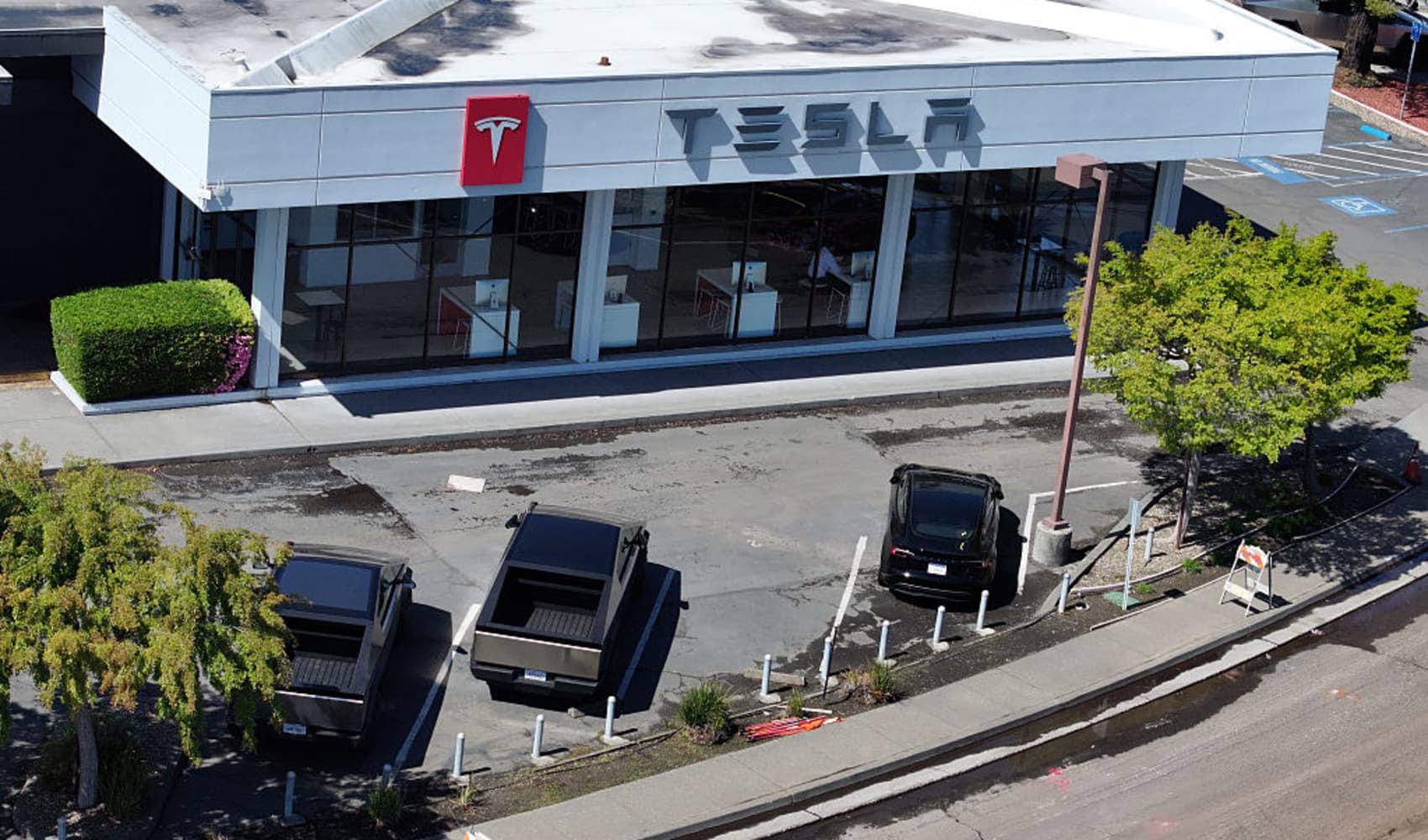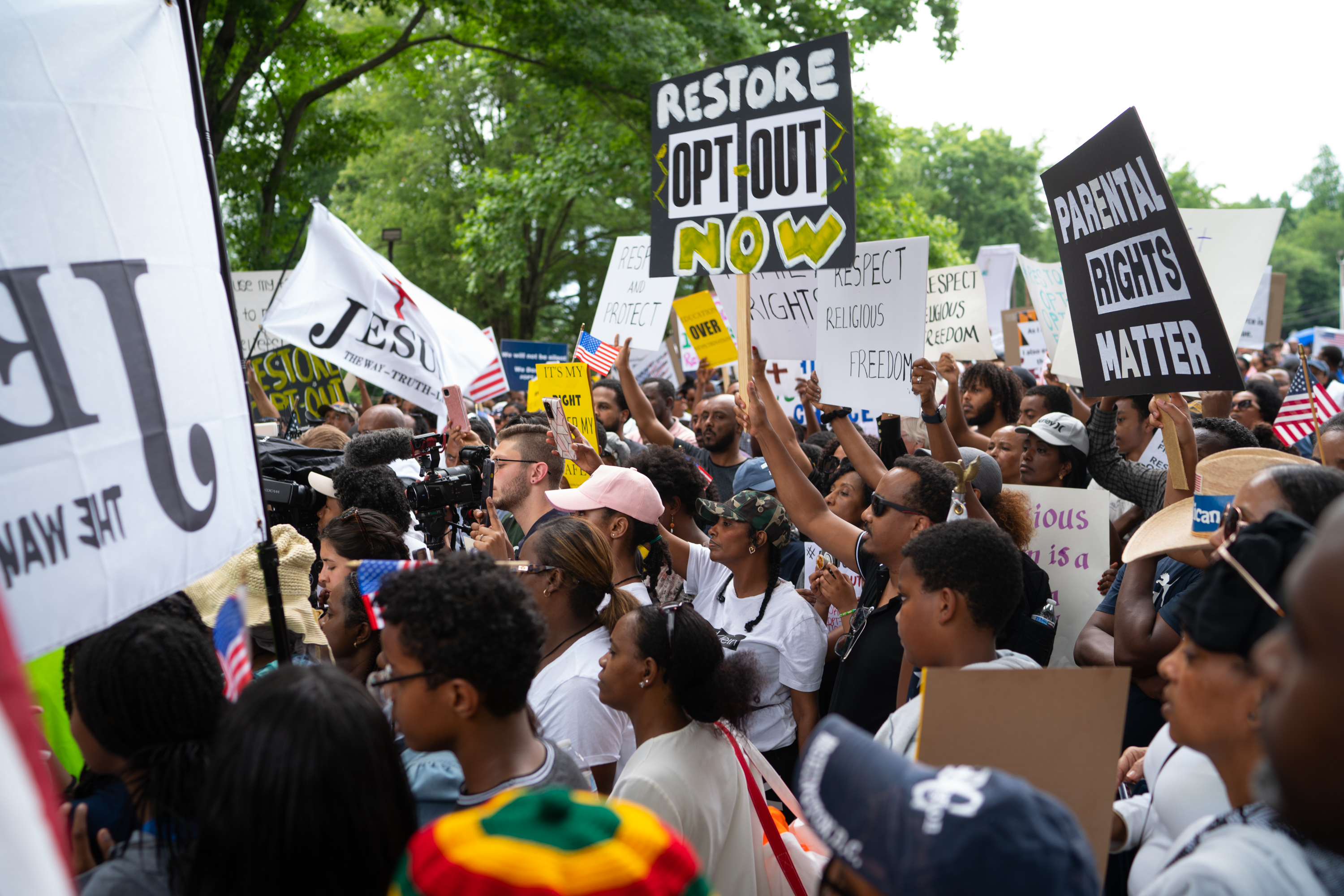Europe Markets Surge: Disinflation Victory Nearing?
Europe Markets Surge: Is Disinflation Victory Near?
Introduction: A Breath of Optimism Across the Channel
Hold on tight, folks! European markets painted the town green on Tuesday, shrugging off earlier jitters and dancing to a more optimistic tune. What sparked this rally? The words of European Central Bank (ECB) President Christine Lagarde, who suggested the disinflation process in the Eurozone is "nearing completion." Could this be the light at the end of the tunnel? Let's dive into the details and unpack what this means for your portfolio and the wider economy.
The Stoxx 600's Positive Performance
The pan-European Stoxx 600 index, a key barometer of European market health, closed up 0.25%. While it might not sound like a massive leap, it's a solid signal of positive momentum. Remember, in the world of finance, slow and steady often wins the race!
Sectoral Shifts: Winners and Losers
Construction Takes a Dip
Not everyone was celebrating, though. The construction sector experienced a downturn, closing around 0.7% lower. Perhaps this reflects concerns about rising interest rates impacting building projects? It's worth keeping an eye on this sector, as construction activity is often a good indicator of overall economic confidence.
Household Goods Rise to the Occasion
On the flip side, household goods stocks shone brightly, climbing 1.7%. Does this mean consumers are feeling more confident and willing to spend on home improvements and new appliances? Perhaps! Or maybe everyone's just decided it's time for a spring clean. Whatever the reason, it's good news for companies in this sector.
FTSE 100's Winning Streak
Across the English Channel, the U.K.'s FTSE 100 index continued its winning ways, closing 0.64% higher. This marks its seventh consecutive positive session, its best run since April 2023. Is the UK economy finally finding its footing after a period of uncertainty? Time will tell, but this is certainly a positive sign.
Global Sentiment: US-China Trade Hopes Fuel the Fire
The good vibes weren't just confined to Europe. Global sentiment received a boost from renewed hopes of a breakthrough in the ongoing trade standoff between the U.S. and China. The prospect of easing trade tensions sent U.S. stocks soaring, creating a wave of optimism that rippled across global markets.
Lagarde's Optimism: A Closer Look
The "Nearing Completion" Statement
Lagarde's statement that Eurozone disinflation is "nearing completion" is arguably the biggest headline here. But what exactly does it mean? Disinflation refers to a slowdown in the rate of inflation. It's not deflation (which is falling prices), but rather a slower increase in prices.
Implications for Interest Rates
If Lagarde is correct, it could signal that the ECB is nearing the end of its interest rate hiking cycle. Higher interest rates are designed to combat inflation by making borrowing more expensive, which in turn slows down economic activity. If inflation is indeed under control, the ECB may soon start to consider cutting rates, which could provide a significant boost to the Eurozone economy.
Is it Premature to Celebrate?
While Lagarde's comments are encouraging, it's important to remember that economic forecasting is far from an exact science. There are numerous factors that could derail the disinflation process, such as unexpected energy price shocks or persistent supply chain disruptions. So, while we can be cautiously optimistic, it's wise to remain vigilant and prepared for potential volatility.
The Consumer's Perspective
How does all of this affect the average consumer? Well, if inflation continues to slow down, it means that the prices of goods and services will rise less quickly. This can ease the pressure on household budgets and allow consumers to spend more freely. Lower interest rates, if they materialize, could also make mortgages and other loans more affordable.
Investment Strategies: Navigating the New Landscape
Diversification is Key
In any market environment, diversification remains a cornerstone of sound investment strategy. Don't put all your eggs in one basket! Spread your investments across different asset classes, sectors, and geographic regions to mitigate risk.
Focus on Value
With interest rates potentially peaking, it might be a good time to consider value stocks, which are companies that are undervalued by the market. These stocks often perform well when economic growth is stable or improving.
Consider Bonds
Bonds can provide a more stable return than stocks, especially during periods of uncertainty. As interest rates stabilize or potentially fall, bond prices may rise, offering attractive investment opportunities.
The Global Interconnectedness
It's crucial to remember that the European economy doesn't exist in a vacuum. It's deeply interconnected with the global economy, particularly with the U.S. and China. Developments in these major economies can have a significant impact on European markets. Keep an eye on global events and trends to better understand the forces shaping your investments.
Looking Ahead: What's Next for European Markets?
The coming weeks and months will be crucial in determining whether Lagarde's optimism is justified. Key economic indicators to watch include inflation figures, unemployment rates, and consumer spending data. Any surprises in these areas could significantly impact market sentiment.
Conclusion: A Cautiously Optimistic Outlook
European markets closed higher on Tuesday, buoyed by Lagarde's suggestion that Eurozone disinflation is "nearing completion" and fueled by hopes of a breakthrough in US-China trade relations. While the positive momentum is encouraging, it's important to remain cautiously optimistic and be prepared for potential volatility. Diversification, a focus on value, and careful monitoring of global events are essential for navigating the current market landscape. Is this the start of a sustained recovery? Only time will tell, but the signs are certainly pointing in the right direction.
Frequently Asked Questions
- What does "disinflation" mean, and why is it important?
Disinflation refers to a slowing down in the rate of inflation. This is important because high inflation erodes purchasing power and can destabilize the economy. A controlled disinflation process is generally seen as a positive sign.
- How might ECB interest rate decisions impact my investments?
Higher interest rates can dampen economic growth and potentially negatively impact stock prices, while lower rates can stimulate growth and boost stock prices. Decisions on interest rates also affect the bond market.
- What are the main risks facing European markets right now?
Potential risks include a resurgence of inflation, unexpected economic shocks (like energy crises), and geopolitical instability. These factors could all negatively impact investor sentiment and market performance.
- Should I change my investment strategy based on Lagarde's comments?
Lagarde's comments are just one piece of the puzzle. You should consult with a financial advisor to determine the best investment strategy for your individual circumstances, risk tolerance, and long-term goals.
- Where can I find reliable information about European market trends?
Reputable sources of information include financial news outlets like CNBC, Bloomberg, Reuters, and the Financial Times. You can also consult with your financial advisor for personalized insights.
